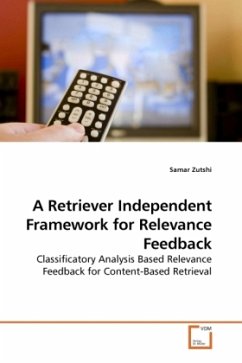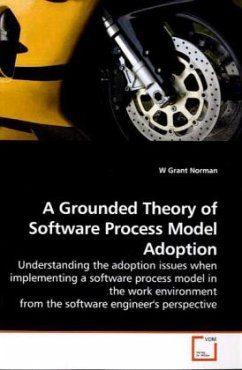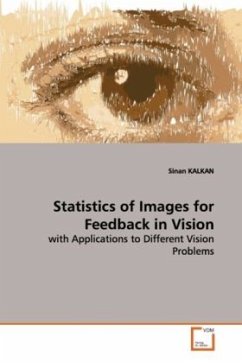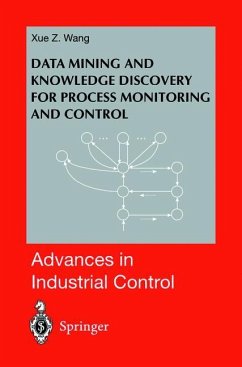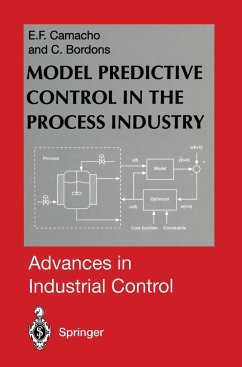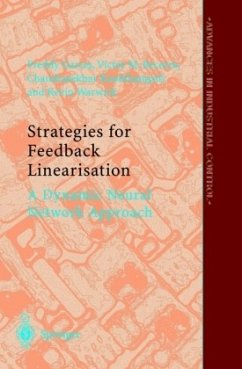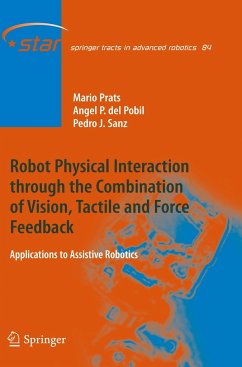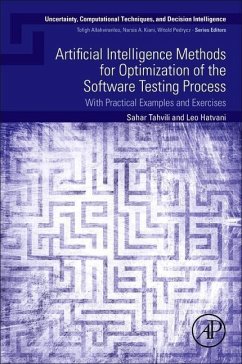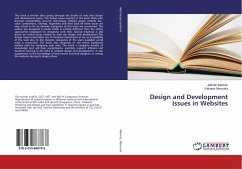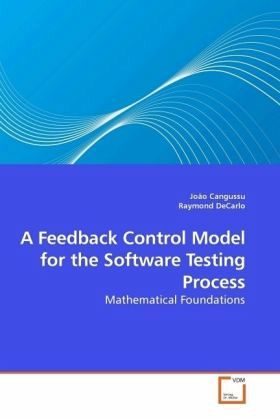
A Feedback Control Model for the Software Testing Process
Mathematical Foundations
Versandkostenfrei!
Versandfertig in 6-10 Tagen
45,99 €
inkl. MwSt.

PAYBACK Punkte
23 °P sammeln!
A novel approach to model the system test phase of the software life cycle is presented. This approach is based on control theory concepts and is useful in computing the effort required to reduce the number of errors and the schedule slippage under a changing process environment. Results from these computations are used at specific checkpoints in a feedback- control structure to meet the schedule and quality objectives. The revisions are based on an algorithm to calibrate parameters of the model and to compute an estimate of the initial number of errors in a software product. The mathematical ...
A novel approach to model the system test phase of the software life cycle is presented. This approach is based on control theory concepts and is useful in computing the effort required to reduce the number of errors and the schedule slippage under a changing process environment. Results from these computations are used at specific checkpoints in a feedback- control structure to meet the schedule and quality objectives. The revisions are based on an algorithm to calibrate parameters of the model and to compute an estimate of the initial number of errors in a software product. The mathematical foundation of the model, and the calibration technique used, constitutes a basis to extrapolate the application of the work presented here. The model is validated both statically and dynamically. The static validation is carried out by a extremal case and by a sensitivity analysis. The dynamic validation consists of two case studies. The outcome from these two studies combined with the static analysis suggests that the proposed model might well be the first significant milestone along the road to a formal and practical theory of software process control.



